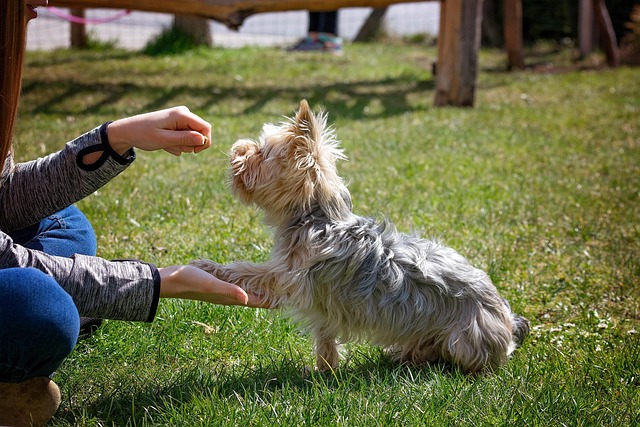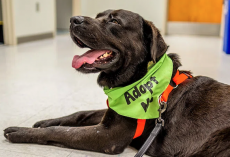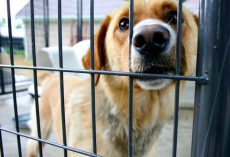If you’ve spent even five minutes researching dog training, you’ve probably seen the phrase positive reinforcement everywhere. But what does it actually mean — and why do so many experts swear by it?
To break it all down, The Dodo spoke with Juliana Willems, head trainer at JW Dog Training in Washington, D.C., and Zazie Todd, animal behavior expert and author of Wag: The Science of Making Your Dog Happy.
What Positive Reinforcement Really Means
Positive reinforcement training is all about adding something your dog loves — usually a treat — immediately after a behavior you want to see more of.
“Reinforcement simply means increasing the likelihood a behavior happens again,” Willems explains. “The ‘positive’ part just means you’re adding something good.”
Most commonly, that “something good” is food: bits of chicken, cheese, roast beef or a favorite treat. But it can also be play, affection or any reward your dog genuinely cares about.
How Positive Reinforcement Actually Works
Your dog is learning all the time, not just during formal training sessions — which means positive reinforcement can help you … or work against you.
If your dog jumps onto the counter and snags a sandwich, guess what? He’s just been rewarded. And a rewarded behavior is a repeated behavior.
So your job is to intentionally reward the behaviors you want to see.
If your dog glances at your sandwich and then calmly looks away — mark (if you’re using a clicker) and treat. You’re teaching him that ignoring the sandwich pays off way better than stealing it.
Todd adds one important note: verbal praise alone (“Good dog!”) usually isn’t strong enough to change behavior unless it’s consistently paired with a treat. So always reinforce with something meaningful to your dog.
Why Positive Reinforcement Works So Well
Positive reinforcement is hands-down the most effective, humane approach to teaching dogs. It’s backed by science — and dogs absolutely love it.
Todd explains that rewarding good behavior keeps training fun and strengthens the bond between you and your pup.
Willems adds, “Behaviors that get reinforced get repeated.” Before long, you’ll start seeing more of the behaviors you want.
Positive reinforcement even has impressive applications: it’s the method scientists use to train dogs to lie completely still in fMRI machines for research.
Positive Reinforcement vs. Corrections
Corrections punish unwanted behavior. Positive reinforcement rewards desired behavior.
One leads to fear and stress — the other builds confidence and trust.
Todd points to research showing that dogs trained with aversive methods (like leash corrections or shock collars):
- are more pessimistic
- experience more fear, anxiety and stress
- may develop aggression or other behavioral issues
- have a weaker bond with their humans
Because of these risks, the American Veterinary Society of Animal Behavior specifically recommends positive reinforcement–based training.
How to Train Your Dog With Positive Reinforcement
Here are some simple ways to make your training sessions smoother and more successful:
1. Use High-Value Treats
Save the really good stuff — cheese, meat, freeze-dried treats — for important cues like recall.
“One study found dogs run faster for better rewards,” Todd notes. So use what truly motivates your dog.
2. Start With Zero Distractions
Begin training somewhere quiet, like your living room. Then slowly work your way toward trickier environments like the yard, neighborhood sidewalks or parks.
3. Bring in a Positive Reinforcement Trainer
If you’re unsure or feeling overwhelmed, a qualified professional dog trainer who uses humane, reward-based methods can make a world of difference.
The Bottom Line
Training your dog will always require some patience — but using positive reinforcement makes the process kinder, clearer and far more enjoyable for both of you. When your dog feels safe and motivated, learning becomes fun, and your bond becomes even stronger.
A happy dog really does start with positive training — and you’ll feel the difference, too.











